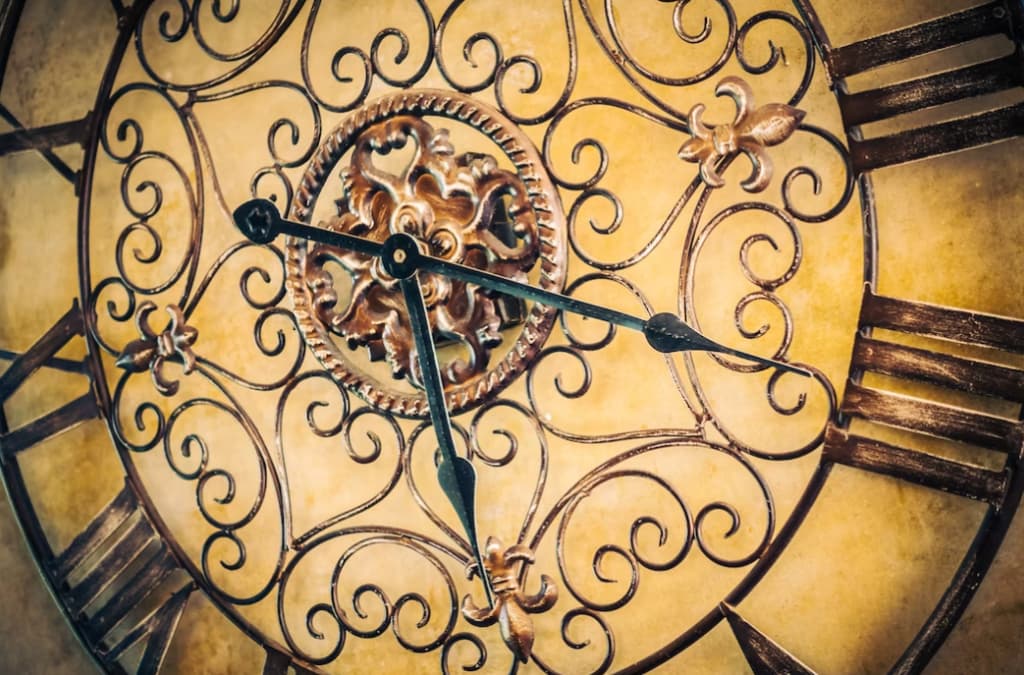A grandfather clock is not just a timekeeping instrument; it’s a symbol of history, craftsmanship, and legacy. When passed down through generations, it narrates stories from the past while marking the passage of time. For this reason, Premier Clocks underscores the importance of giving this iconic piece the care it merits.
Environmental Protection Measures
Room Climate Control
One of the often-overlooked factors is the room’s ambient conditions. Temperature fluctuations, particularly rapid ones, can lead to the pendulum rod’s thermal expansions and contractions. By ensuring that the clock is positioned in a space with consistent temperature and away from dampness, its accuracy and longevity are preserved.
Limit Sunlight Exposure
Constant exposure to direct sunlight may deteriorate the clock’s wooden case, causing it to fade or even crack over time. Hence, placing the clock in a shaded area away from windows or other sources of intense light can help maintain its pristine appearance.
Maintenance Best Practices
- Scheduled Expert Servicing. Clocks, especially antiques, are intricate devices. Scheduled check-ups every 2-3 years by trained professionals can identify potential issues before they escalate. This not only ensures the clock’s smooth functionality but also prolongs its lifespan;
- Secure the Door. Apart from the obvious security benefits, sealing the clock’s door prevents excessive dust buildup and accidental interventions by curious pets or children. This simple step can significantly reduce wear and tear;
- Balance Checks. For a clock to function flawlessly, its balance is pivotal. An imbalanced clock could result in disrupted pendulum movements and, consequently, time discrepancies. Periodical checks and adjustments can prevent such anomalies.
Cleaning Guidelines
General Cleaning Protocols
The exterior of a grandfather clock demands gentle care. Using a soft cloth, free from harsh chemicals, ensures that its luster remains undiminished. Moreover, the glass sections should be cleaned without direct application of any liquid, safeguarding the internal components.
Internal Cleaning
Engaging experts for this task is advised. However, if one decides to attempt it, using lightweight vacuums with caution and refraining from using air-blowing devices is paramount.
Lubrication Tips
Lubrication is the heartbeat of any mechanical device. Checking its adequacy ensures smooth operations. A clock doesn’t need frequent oiling, but when done, precision is key. Using specialized clock oil and wearing gloves can ensure the right balance.
Historical Overview of Grandfather Clocks
Originating in the 17th century, the grandfather clock, with its distinctive long case, has seen many variations and innovations. Its name was inspired by the popular song “Grandfather’s Clock” penned in 1876. Over the centuries, different regions have imbued it with unique styles and mechanics, making each piece a unique testament to its time and place.
Advanced Troubleshooting Tips
Occasionally, clocks may exhibit signs like erratic ticking or chimes. Many times, these can be addressed by recalibrating the weights or adjusting the chime selectors. However, if these measures don’t suffice, consulting a manual or expert becomes inevitable.
Selection Criteria: Finding the Right Expert
Choosing a seasoned clock specialist is crucial. Factors to consider include experience, customer reviews, specialization in antique clocks, and post-service guarantees. An expert not only repairs but also provides insights into preventive measures.
Comparative Table of Maintenance Techniques
| Technique | Pros | Cons |
|---|---|---|
| Professional Servicing | Comprehensive; Expertise driven | Might be expensive |
| DIY Cleaning | Cost-effective; Immediate | Risk of damage |
| Scheduled Lubrication | Ensures smooth operation | Requires precision |
| Balance Checks | Prevents time discrepancies | Might need special tools |
Video Guide
In order to answer all your questions, we have prepared a special video. Enjoy watching it!
The Influence of Surrounding Decor on Grandfather Clocks
While the functional aspects of maintaining a grandfather clock are paramount, the aesthetics and ambiance of its surroundings play a subtle yet significant role. A grandfather clock is more than a timekeeping device; it’s an art piece, reflecting history and craftsmanship. Its majestic stance deserves an environment that complements its elegance.
Selecting the right decor for the room housing the clock can enhance its visual appeal. For instance, Victorian-style furniture or classic wooden bookshelves echo the clock’s vintage charm. On the other hand, juxtaposing it with modern decor creates a delightful contrast, showcasing the amalgamation of old and new.
Lighting, too, is crucial. Soft, ambient lighting accentuates the clock’s details while ensuring it’s not overshadowed. Avoid placing the clock near distracting elements like flashy art pieces or overpowering colors. Remember, the grandfather clock should be the focal point.
Lastly, consider its auditory environment. Positioning the clock in a quiet room allows its chimes to resonate, adding a musical charm to space. Avoid placing it near devices that emit loud noises, as they might overshadow its melodic tones.
Conclusion
A grandfather clock stands as a testament to time, craftsmanship, and legacy. It embodies memories, marks moments, and narrates tales from the past. As such, it requires meticulous care both functionally and aesthetically. This guide offers comprehensive insights into maintaining these intricate devices, ensuring they remain impeccable for future generations. From environmental considerations to the influence of surrounding decor, each aspect holds significance. In embracing these guidelines, one not only preserves the clock’s functionality but also elevates its stature as a cherished heirloom.
